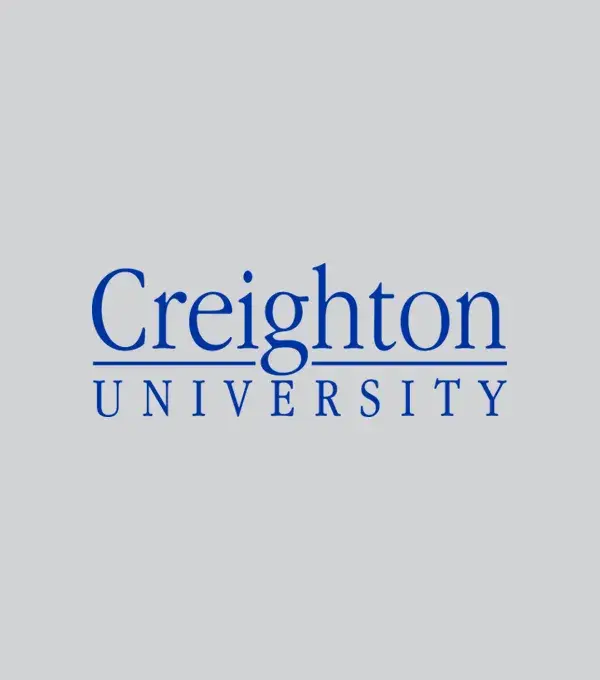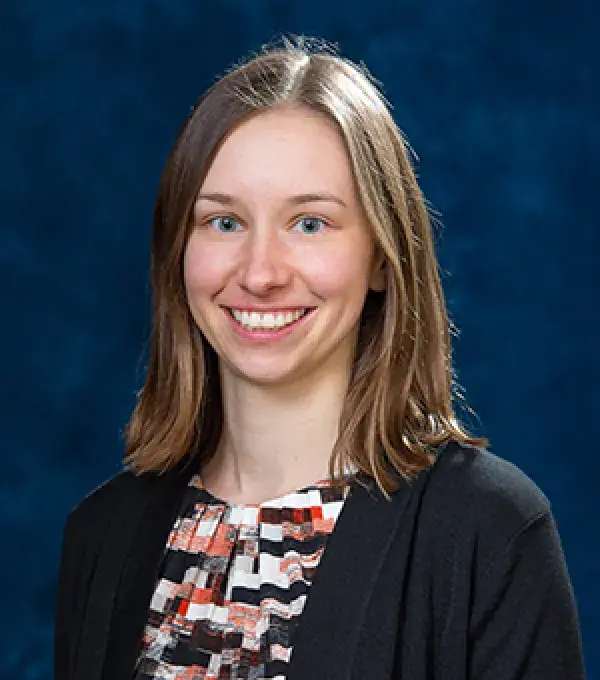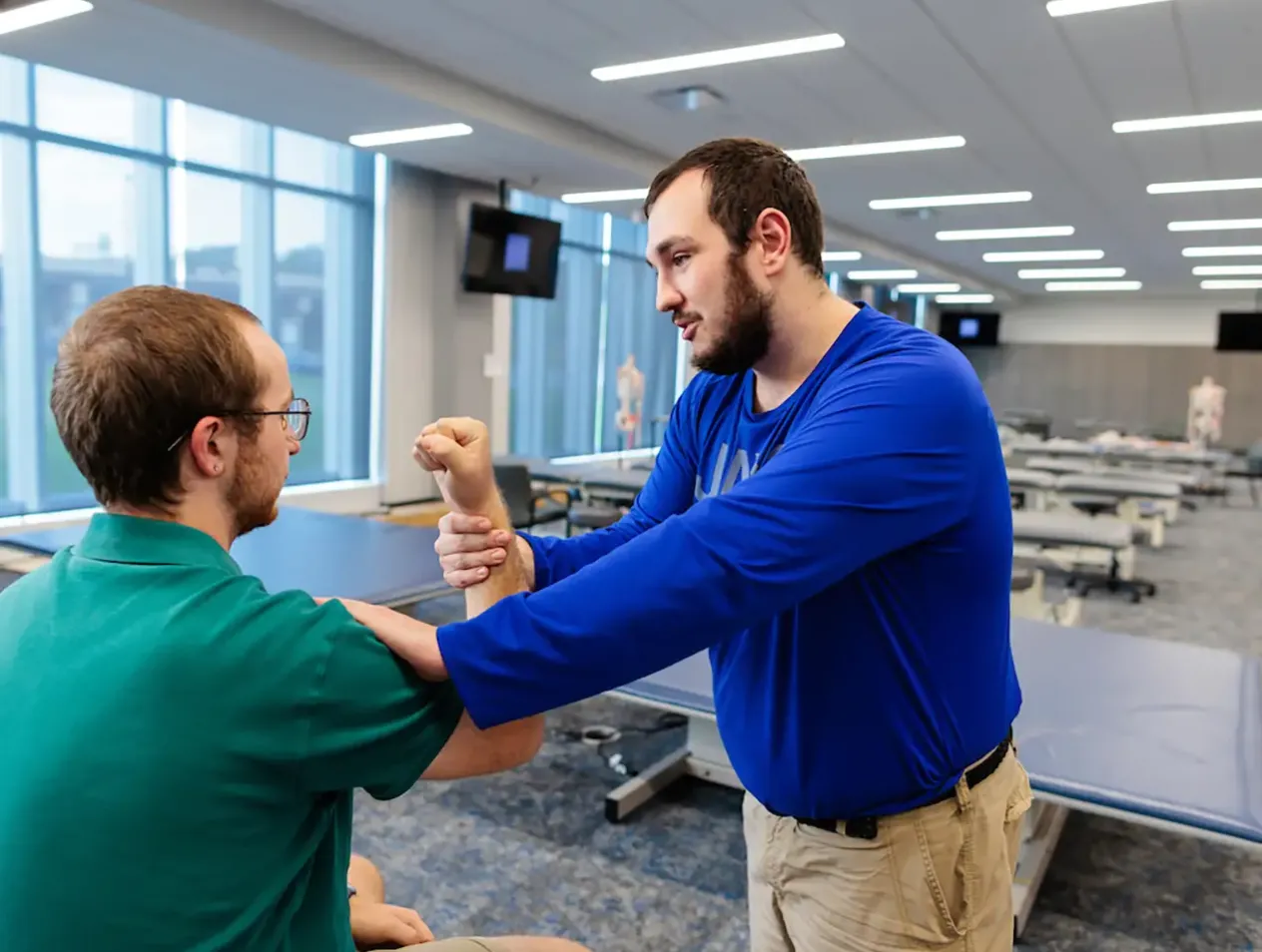
Rehabilitation Science Research Laboratory
Optimizing Rehabilitation of Movement Dysfunction
The Rehabilitation Science Research Lab is a team of scientists committed to improving rehabilitation, health and wellness of people, education of rehabilitation scientists and service to the community.
Our scientific team has been funded by national agencies and foundations including the National Institutes of Health, the National Science Foundation and the American Physical Therapy Association. Our research focuses on the theoretical underpinnings of movement dysfunction and development of diagnostic and rehabilitation techniques. An array of biomedical assessments and consultation is available for both the research and clinical community. The lab serves as a training ground for future scientists and clinicians, allowing our colleagues and students to innovate and advance the science of rehabilitation.

Our Missions
Research Mission
Investigate the mechanisms of injury or dysfunction and the efficacy of therapeutic interventions on movement dysfunction with a primary focus on individuals with neurological impairments, musculoskeletal conditions and the general effects of aging.
Teaching Mission
Provide educational experiences in movement science for healthcare professionals, biomechanists and biomedical engineers.
Service Mission
Provide clinically relevant gait and movement evaluation for the community.
Take Part in an Open Study
We are conducting research to better understand knee injuries and physical therapy interventions to improve function. We examine strength, movement biomechanics and function.” We are looking for people who have had ACL or meniscus injuries, have anterior knee pain, or knee arthritis. Please see the study flyers below for additional information.
We are often conducting studies that include healthy volunteers. Please see study flyers below for additional information.
We are currently conducting a research study to better understand how the brain uses information from the vestibular system (the portion of the inner ear that senses movement) to control balance, vision, and perception. Please see the study flyer below for additional information.
We are currently examining individuals with a history of stroke to better understand planning and performance of arm movements. Please see the study flyer below for additional information.
We are currently examining individuals with multiple sclerosis to learn about the relationships between walking ability, cognitive performance, and fatigue. Please see the study flyer below for additional information.
We are currently examining individuals with mild cognitive impairment to learn about use of mobile health technology to improve daily walking habits. Please see the study flyer below for additional information.
We are study wearable motion sensors similar to a smart watch to measure how babies use their arms to play. Please see the study flyer below for additional information.
This is study examines how parents see their involvement in their child’s therapy. It’s aimed at parents who usually go to their child’s therapy sessions. Please see the study flyer below for additional information.
Core Faculty

Leland Barker, PhD
- Associate Professor
- View Profile

Rosalind Lauren Heckman, PT, DPT, PhD
- Assistant Professor
- 402.280.2243
- View Profile

Rashelle Hoffman, PT, DPT, PhD, GCS
- Assistant Professor
- 402.215.5691
- View Profile

Abbis Haider Jaffri, PT, MS, PhD
- Assistant Professor
- 402.280.5676
- View Profile

Dimitrios Katsavelis, PhD
- Associate Professor
- 402.280.2073
- View Profile

Anastasia Kyvelidou, PhD, MS
- Director, Student Progression and Retention
- 402.280.5749
- View Profile

Mitchel A. Magrini, PhD
- Associate Professor
- View Profile

Kimberley S. Scott, PT, DPT, PhD
- Assistant Professor
- 402.280.5690
- View Profile

Kathleen M. Sutton, PT, DPT, PhD
- Assistant Professor
- 602.812.4596
- View Profile

Andrew R. Wagner, PT, DPT, PhD, NCS
- Assistant Professor
- 402.280.5188
- View Profile
State-of-the-Art Equipment and Resources
The Rehabilitation Science Research Laboratory contains the following state-of-the-art resources to capture and analyze a wide array of data relevant to rehabilitation science:
- 3D Virtual Reality Projection
- Accelerometers and Footswitch Systems
- Body Weight Support Device (Vigor)
- Electrical Muscle Stimulators (Digitimer)
- Eye-Tracking system (Positive Science)
- Force platform array embedded in 15-meter walkway (Kistler, Bertec)
- Isokinetic Dynamometers (Biodex)
- Multichannel Surface and Fine Wire Electromyography Systems (Motion Lab Systems, Biopac, Delsys)
- Portable Force Plate (60x90cm; Bertec, 1-axis, 45x50cm; Bertec)
- Reflex Electrophysiology (M-response, H Reflex)
- Seven-camera infrared motion capture system (Qualisys)
- Transcranial Magnetic Stimulation and Transcranial Direct Current Stimulation (Magstim, Fisher Wallace)
- Treadmills (Biodex, SciFit, Bertec)
- Ultrasound Imaging (Esaote)
- Visual 3D motion analysis software (C-motion)




